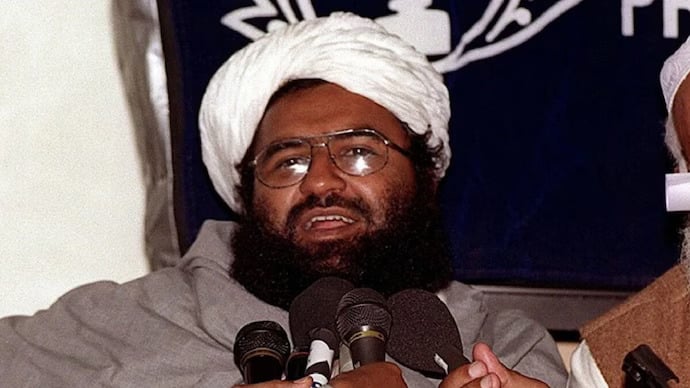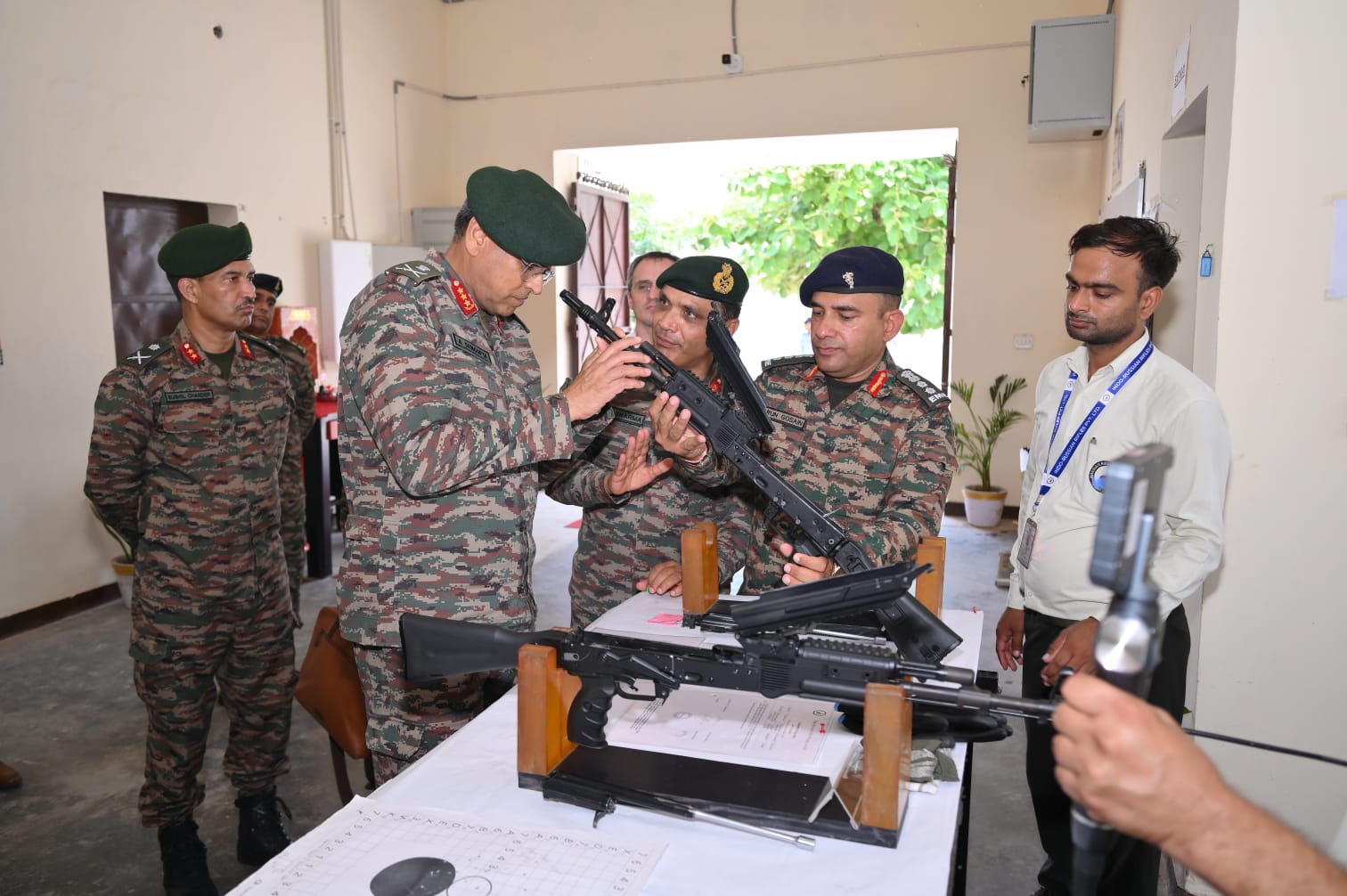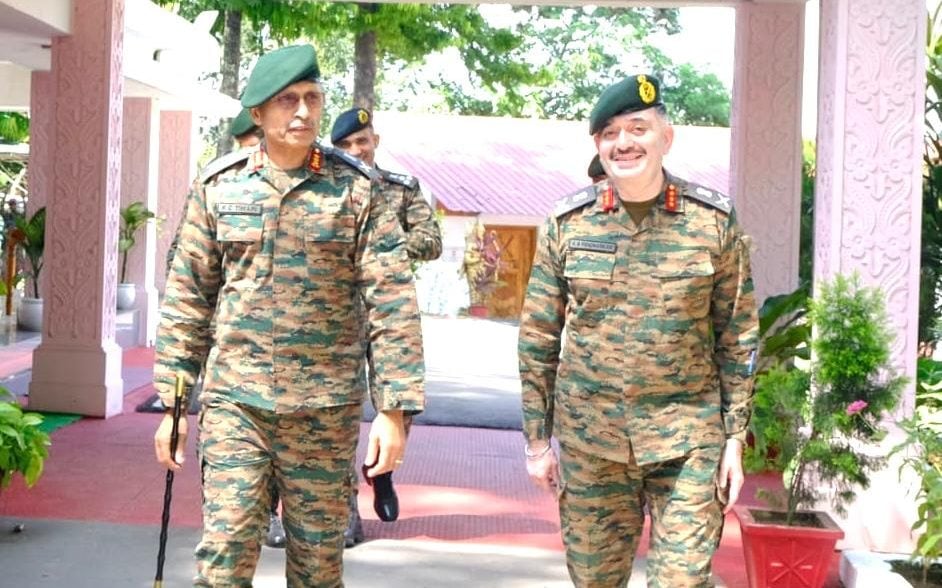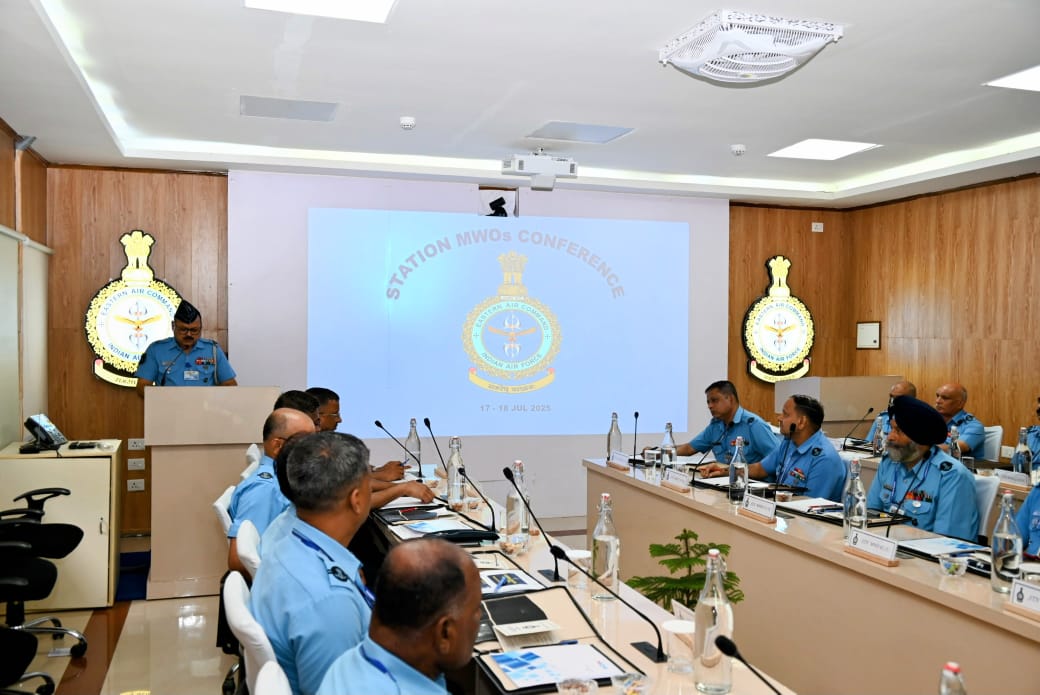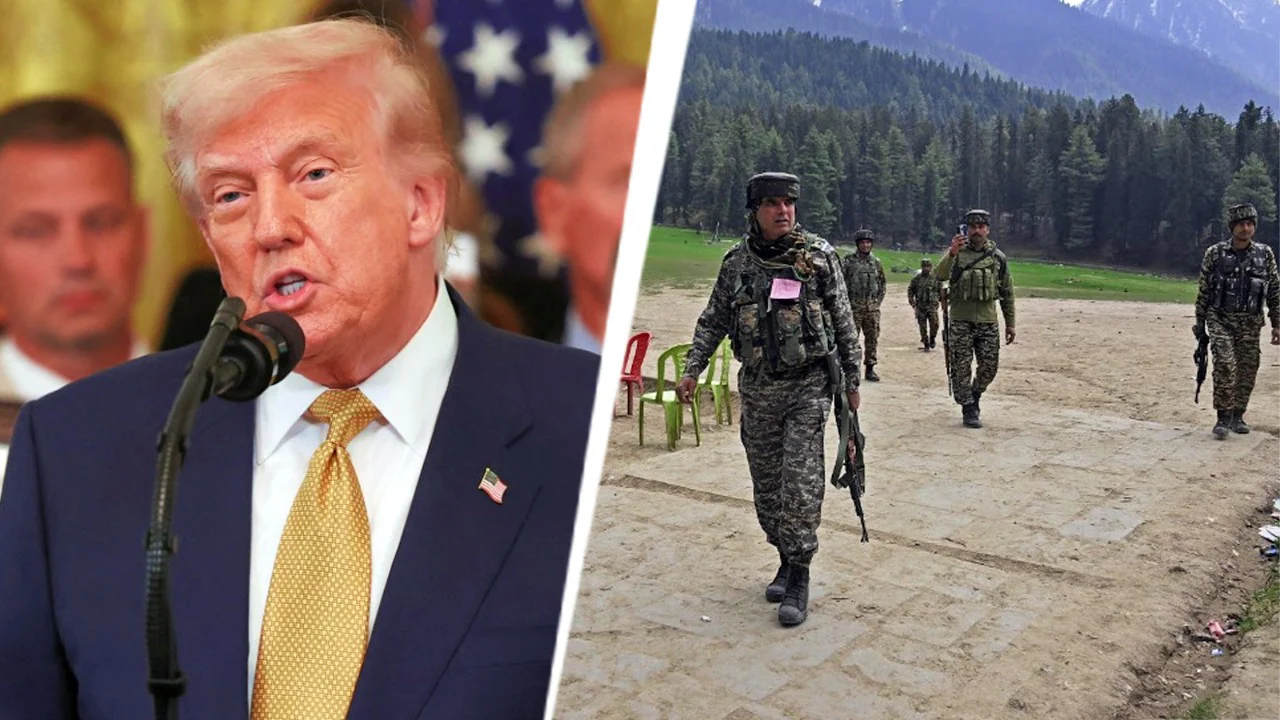Masood Azhar seen in POK, 1,000 km away from Bahawalpur bastion: Intel
As per India Today: Fresh intelligence inputs seen by India Today suggest that India's most wanted terrorist, Jaish-e-Mohammed chief Masood Azhar,…
Lt Gen Anindya Sengupta Reviews AK-203 Rifle Production at Indo-Russian Facility in Amethi
India is advancing rapidly toward defense self-reliance with the large-scale production of the AK-203 assault rifle underway at the Indo-Russian…
Lt Gen RC Tiwari Reviews Spear Corps’ Combat Readiness Amid Rising Security Priorities in Northeast
Lt Gen RC Tiwari, Army Commander of the Eastern Command, has completed a comprehensive review of operational readiness and technological…
Eastern Air Command Concludes Station Master Warrant Officers’ Conference to Strengthen Operational Readiness in Northeast
The Eastern Air Command (EAC) of the Indian Air Force has successfully concluded a two-day Station Master Warrant Officers' (MWOs)…
India, France Ignite Next-Gen Jet Engine Pact in ₹61,000 crore Strategic Thrust
The defence ministry has recommended a collaboration with France to develop next-generation fighter jet engines, marking a breakthrough for the…
US Designates TRF as Foreign Terrorist Organisation After Pahalgam Attack
In a significant diplomatic development, the United States has designated The Resistance Front (TRF), an offshoot of the Pakistan-based Lashkar-e-Taiba…

